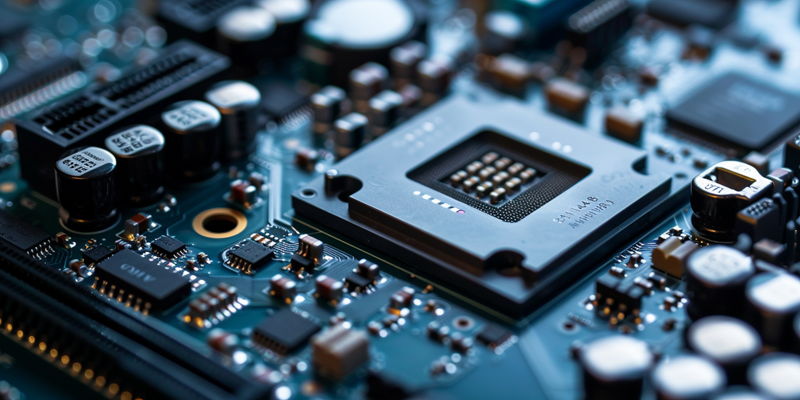AMD has made a significant leap forward for small and medium-sized businesses (SMBs) with the introduction of their new EPYC 4004 series processors. These processors mark a first for the company as they bring the renowned capabilities of EPYC CPUs to the consumer AM5 socket. This move is geared toward single-socket operations that require robust processing power without the complexity or cost typically associated with enterprise-level hardware. The EPYC 4004 series is outfitted with up to 16 Zen4 cores and 32 threads, boasting a maximum boost clock that reaches a formidable 5.7 GHz. This technical prowess positions the new CPU series as a potential game-changer in the SMB market.
The innovation doesn’t stop at raw performance. These processors extend their value proposition with support for DDR5-5200 memory and a maximum capacity of 192GB. Integrating on-die PCIe Gen5 and DDR5 controllers, along with built-in RDNA2 graphics, these CPUs exemplify a holistic approach to performance delivery. It’s a consolidation of features that provides SMBs with enterprise-grade capabilities within a simpler infrastructure. This versatility ensures that businesses are equipped to tackle demanding applications while keeping future upgrade paths tangible and cost-effective. The motivational drive behind these design choices is evident: AMD seeks to democratize access to powerful computing across a broader spectrum of users.
Competitive Performance with Cost-Effective Design
AMD’s EPYC 4004 processors epitomize strategic product development, offering AM4 cooling solution compatibility, a benefit that caters to businesses with legacy components. This choice underscores a practical design approach, as the processors’ 65W to 170W TDP mirrors that of the Ryzen series, avoiding the need for specialized cooling systems, which lowers TCO. AMD’s EPYC 4004 range has various SKUs, catering to diverse business needs. Models like the 4564P and 4584X feature the same boost clocks but differ in TDP and incorporate AMD’s 3D V-Cache, priced at an attractive $699.
AMD’s integration of the AM5 platform signals a simplification of architecture needed for potent computing and anticipates future tech evolution in a sector where cost and complexity often hinder progress. With a focus on versatility, scalability, and an economic upgrade trajectory, AMD is forging a path for industrious CPUs that effortlessly adjust to modern business requirements, signaling a move that could redefine industry standards.

